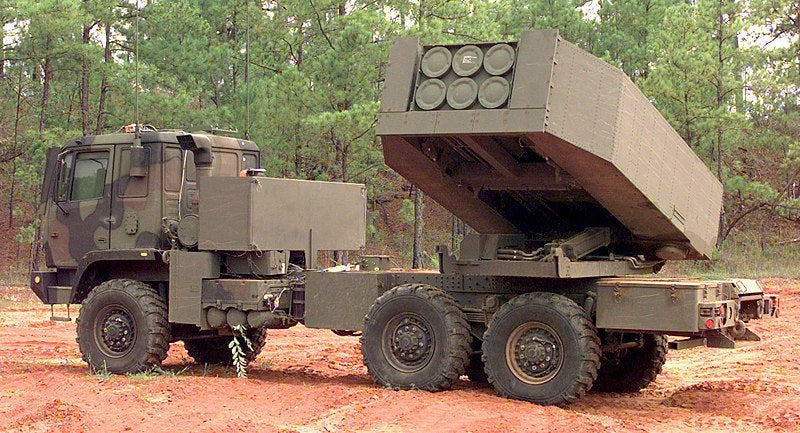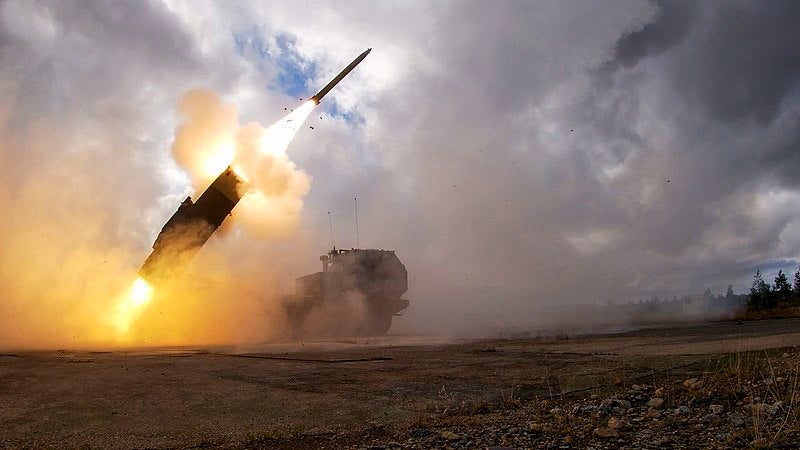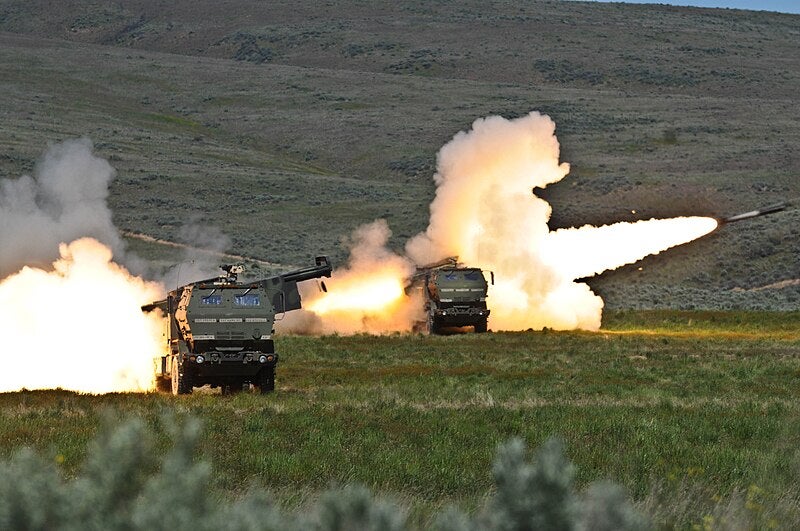The United States Approves Sale of M142 HIMARS Systems To Latvia
The US Defense Security Cooperation Agency (DSCA) announced that the US State Department has approved a possible Foreign Military Sale of M142 High Mobility Artillery Rocket Systems (HIMARS) and related equipment to the Government of Latvia for an estimated US$220 million. The necessary certifications, as well as relevant documents announcing this potential sale, were submitted to the US Congress on October 24, 2023, according to the agency.
The possible sale includes six M142 High Mobility Artillery Rocket Systems (HIMARS), twelve M30A2 Guided Multiple Launch Rocket System (GMLRS) Alternative Warhead (AW) Pods with Insensitive Munitions Propulsion System (IMPS), twelve M31A2 GMLRS Unitary (GMLRS-U) High Explosive Pods with IMPS, and ten M57 Army Tactical Missile System (ATACMS) Pods. Spare parts, munitions, consumables, accessories, logistics, and program support are among the package’s additional essential components.

According to the DSCA, “the proposed sale will improve Latvia’s capability to meet current and future threats, and will enhance its interoperability with US and other allied forces. Latvia will have no trouble integrating this equipment into its armed forces.” The agency also noted the standard FMS reasoning that the proposed sale will promote US foreign policy and national security by assisting with the security of a NATO ally who is an important player in ensuring peace and stability in Europe.

Latvia first announced its plans to purchase HIMARS systems in September of last year. At the time, Latvian Ministry of Defense State Secretary Janis Garisons said in a statement that the purchase of HIMARS systems was a joint decision and project of all Baltic countries. As part of this joint decision, Estonia and the US signed a contract last year for the procurement of six HIMARS launchers, while Lithuania signed a contract for eight. Latvia will now become the third Baltic country to procure these systems, provided that congress approves the sale, and the intergovernmental Letter of Offer and Acceptance (LOA) is signed. Latvia hopes to receive these systems by 2025. However, given the delivery schedules Lockheed Martin has committed to for HIMARS systems in Estonia, Lithuania, Poland, and Ukraine, it is worth considering that the delivery pace to Latvia may slow.

M142 HIMARS is a lightweight multiple rocket launcher system produced by Lockheed Martin, one of the leading US weapons industry companies, that played a critical part in the fight of Ukrainian forces against Russia’s occupying forces. The system, which is operated by a three-person crew, is mounted on a 5-ton Family of Medium Tactical Vehicle XM1140A1 truck chassis. As a result, HIMARS can quickly relocate after attacking its target to avoid enemy detection and counterattacks. The high-mobility artillery rocket system is equipped with a launch pod containing MGM-140 ATACMS missile or six Guided MLRS (GMLRS)/MLRS rockets. The system, which is capable of launching any rocket or missile from the Multiple Launch Rocket System Family, has a firing range that varies based on the munition it utilizes. The HIMARS, for instance, may use its MGM-140 ATACMS missile to reach a range of more than 300 kilometers, while its M30/31 rockets are able to reach targets 70 kilometers away.

